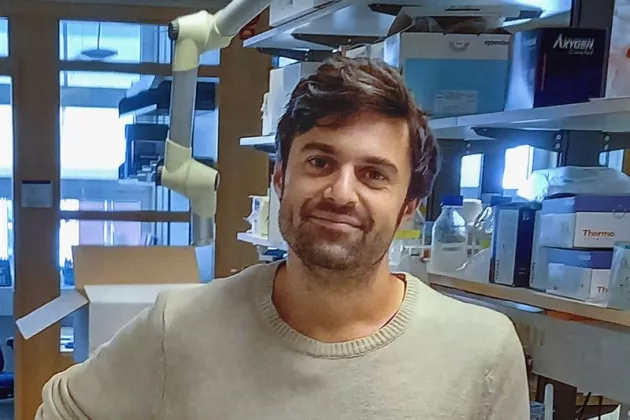Paul Bourgine and his research group have developed a new technique for studying the origin and development of blood cancer.
"We look at what type of cells are involved and how the cancer cells grow. We can also test new drugs by injecting one into the piece of bone and then see if the cancer cells die or resist the treatment," says Paul Bourgine for News Cision.
Using their patented technology “OssiGel” to create human mini-bones, Paul Bourgine aims at using this technology to unravel processes of blood cancer formation, involvement of other cell types and envisions to test new anti-cancer drugs for acute myelogenous leukemia.
To achieve this goals, Paul Bourgine applied for funding of a new state-of-the-art confocal microscope, which has been granted by the Lundberg's Research Foundation with 3 million SEK.
“We applied for funding for a confocal microscope with the very latest technology. It is needed so that we can identify the different cells with certainty and where in the bone marrow they are located. In addition, the microscope facilitates the work of scanning in the information, it goes faster.” says Paul.
Now, with the new microscope, he and his group can perform sophisticated analysis of bone slices using up to 8 colours simultaneously.
Good luck with your research Paul!
Read more:
- Article in Dagens Medicin
- Article in News Cision


